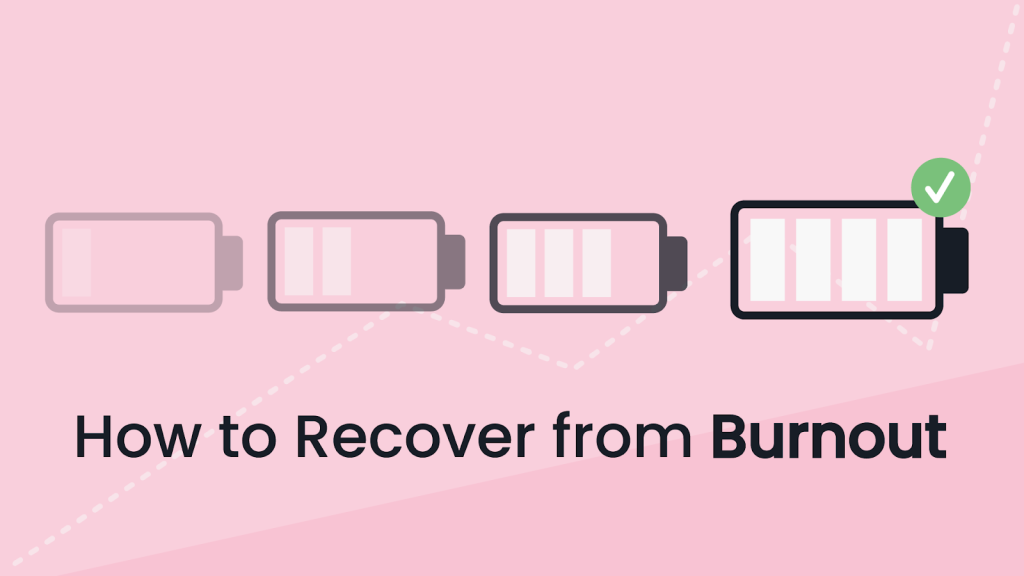
Welcome to Matters of the Mind: Blog 4.
Last week, we unpacked what burnout is; it’s not just a fashionable term or a passing phase, but a slow and often quiet unraveling, and a depletion of emotional and physical reserves.
A core part of burnout is a detachment from things we used to care about.
This week, we’re talking about the now what.
Burnout doesn’t go away just because we have identified it. Naming it is important, but it’s only the first step. Healing from burnout requires intention, and it asks us to do something that can feel incredibly difficult when we’re already stretched thin: to care for ourselves.
Start With Awareness
Before you dive into any specific strategy, it’s important to pause and ask: where am I right now? What is my body telling me? What emotions are sitting just beneath the surface?
Start small with a daily check-in.
Name one word that captures how you’re feeling.
Ask yourself, “What do I need today?” It may be rest, movement, nourishment, or connection.
Learning to identify your needs lays the foundation for recovery.
Tip: Use a simple Feelings Wheel to help put words to your emotional state. Tools like this can support emotional awareness, especially when everything feels tangled.
Rebuild Through Routine
Burnout often makes the most basic tasks feel enormous. So, instead of trying to overhaul your entire routine, think about what’s manageable.
What is one habit or practice you can reintroduce or create that will help ground you?
This might mean:
- Getting out of bed and opening the blinds every morning
- Drinking a full glass of water before checking your phone
- Stretching for five minutes at the start or end of the day
- Eating one nourishing meal a day, slowly and without multitasking
It’s not about doing everything. It’s about doing something, and letting that something be enough for now.
Reconnect to What Matters
Burnout disconnects us from our why. It leaves us feeling like we’re running on autopilot.
Think about what used to give you energy. Was it a creative outlet, a cause, a person, or a ritual? Reconnecting doesn’t mean throwing yourself back into everything. It means gently revisiting what you love in a way that feels doable right now.
Try a values sort exercise, like this values exploration worksheet, to explore what feels meaningful to you today. Sometimes, our burnout is trying to tell us that our life no longer reflects our values.
Set Gentle Boundaries
Burnout thrives in environments where we say yes too often, stay quiet too long, or stretch ourselves too thin. And that is why we need boundaries, our guidelines for how we want to be treated by people.
A boundary might sound like:
- “I’m not available for evening emails anymore.”
- “I’d love to help, but I don’t have the capacity right now.”
- “Can we reschedule? I need to prioritize rest today.”
Setting boundaries can feel uncomfortable at first, especially if you’re used to being the reliable one. But over time, they help create the safety and space we need to recover.
Patience is Key
Burnout isn’t something we fix overnight. It’s something we move through, slowly, with care. You may have days where you feel clear and hopeful, and others where everything feels heavy again. That’s okay.
The goal isn’t to bounce back to who you were before. It’s to become someone who tends to themselves more gently, listens to the signals their body and mind are sending, and knows that healing is possible and worth the effort.
Take care!
Leave a Reply